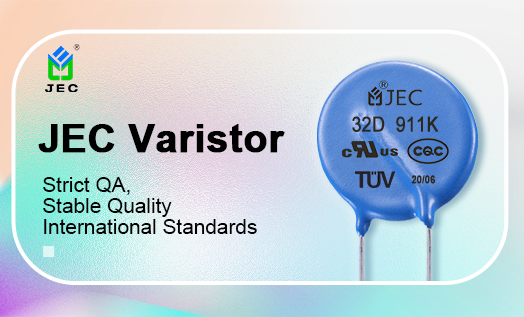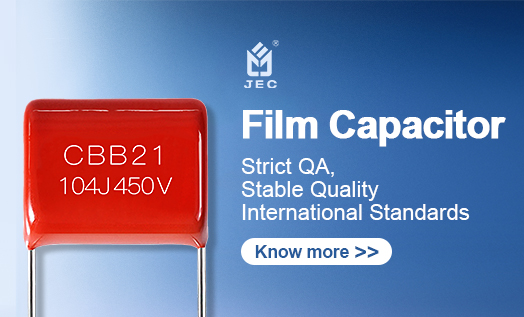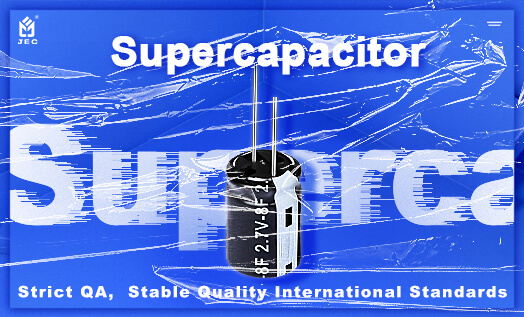Dec. 08, 2021
As we all know, the main characteristics of the thermistor are high temperature flexibility, low thermal inertia, small size, easy layout, and can be made into various state layouts. Therefore, with the development of industrial and agricultural production and scientific skills, such components have been widely used. This article will talk about how the thermistor suppresses the surge current and how it measures the temperature.
Surge Current Suppression (Power Type):
Switching power supplies, motors, transformers, and lighting power supplies have a large inrush current at the moment of switching on. This inrush current may damage components (such as MOS tubes) or burn the fuse. Connecting the NTC thermistor in series with the load can effectively suppress this current. Before the power is turned on, the thermistor has a large cold resistance, which can suppress the current.
Under a large enough current load, the resistance value drops to 1/(10~50) of the original due to self-heating, and the power consumed by it drops accordingly. Products using NTC thermistors cannot be switched on and off frequently. When the product is turned off, the NTC thermistor must be restored from a high-temperature low-resistance state to a normal-temperature high-resistance state in order to achieve the same surge suppression purpose as the previous one.
Zhixu Electronic Co., Ltd. (also JYH HSU(JEC)) has passed ISO9001:2015 quality management system certification; JEC safety capacitors (X capacitors and Y capacitors) and varistors have passed national certifications of the main industrial powers across the world; JEC ceramic capacitors, film capacitors and super capacitors are in compliance with environmental protection indicators.

Why Should Working Voltage Be Considered for Varistor
Dec. 08, 2021

Withstand Voltage and Capacitance Decrease in Capacitor
Dec. 08, 2021

Appearance of The First Pure Supercapacitor Ferryboat
Dec. 08, 2021
+86 181 2299 5593
+86 18122995593
+86 769 8831 3605
Beside Luchong Bridge, Hou Road, Caibai Village, Daojiao Town, Dongguan, Guangdong, China
Navigation